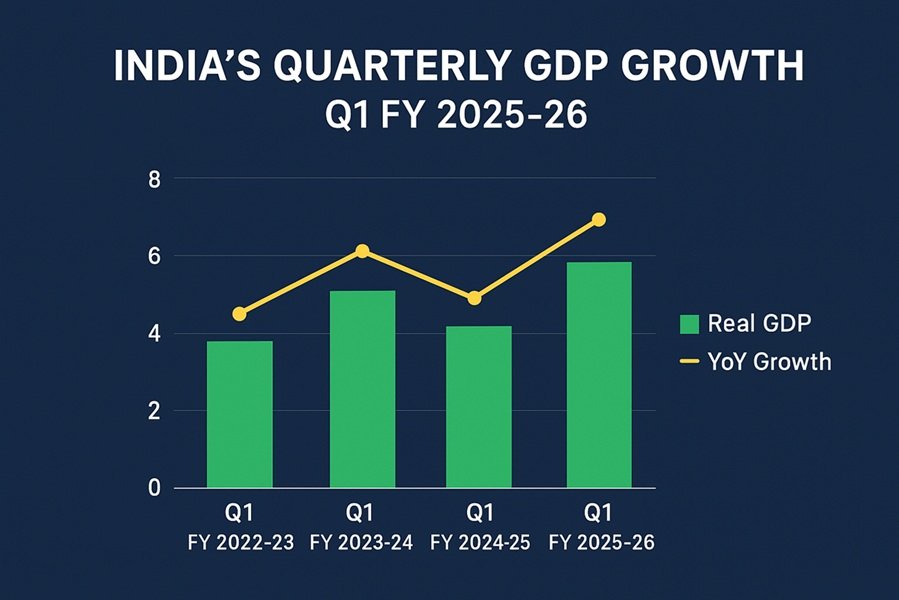
When it comes to managing personal finances, mutual funds have become a preferred investment vehicle for individuals looking to diversify their portfolios. Among the array of mutual fund categories, liquid funds and debt funds often emerge as popular choices, especially for those seeking relatively lower-risk investments. While both are categorized under debt mutual funds, they serve different purposes and cater to varying investor needs. Let’s explore the key aspects of liquid funds and debt funds, focusing on their returns, risks, and liquidity.
What Are Liquid Funds?
Liquid funds are a type of debt mutual fund that invests in short-term money market instruments such as treasury bills, certificates of deposit, commercial papers, and other short-term securities with a maturity period of up to 91 days. These funds are designed to offer high liquidity and are often considered a suitable alternative to savings accounts.
Key Features of Liquid Funds
- Maturity Period: Instruments with a maximum maturity of 91 days.
- Liquidity: High, with redemption proceeds typically credited within one working day.
- Risk: Relatively low due to the short duration of investments.
- Returns: Moderate, often slightly higher than savings account interest rates.
What Are Debt Funds?
Debt funds, on the other hand, invest in a mix of fixed-income securities such as government bonds, corporate bonds, treasury bills, and other debt instruments. These funds have a wide range of subcategories based on the duration and credit quality of the investments, such as short-term, medium-term, and long-term debt funds.
Key Features of Debt Funds
- Maturity Period: Varies depending on the type of debt fund; could range from a few months to several years.
- Liquidity: Generally lower than liquid funds but still relatively liquid compared to other investment options.
- Risk: Varies based on credit risk and interest rate risk.
- Returns: Typically higher than liquid funds, but with greater risk.
Returns: Liquid Funds vs Debt Funds
Liquid Funds
Liquid funds aim to provide stable and predictable returns, making them a preferred choice for short-term investments. The returns on liquid funds are influenced by the prevailing interest rates in the money market and are usually in the range of 4% to 6% annually.
Debt Funds
Debt funds offer a broader spectrum of returns due to their diverse investment strategy. Depending on the type of debt fund and the duration of the investments, the returns can range from 6% to 9% or even higher. Long-term debt funds and those investing in higher-yield bonds may generate greater returns, albeit with increased risk.
Risks: Liquid Funds vs Debt Funds
Liquid Funds
- Interest Rate Risk: Minimal, due to the short maturity period of investments.
- Credit Risk: Low, as liquid funds typically invest in high-quality instruments.
- Market Volatility: Less affected by market fluctuations.
Debt Funds
- Interest Rate Risk: Higher, especially for long-term debt funds, as they are sensitive to changes in interest rates.
- Credit Risk: Varies depending on the credit quality of the underlying investments.
- Market Volatility: More exposed to market risks, especially during economic downturns or interest rate changes.
Liquidity: Liquid Funds vs Debt Funds
Liquid Funds
One of the standout features of liquid funds is their high liquidity. Investors can redeem their investments almost instantly, with the redemption proceeds typically credited within one working day. This makes liquid funds an excellent option for emergency funds or short-term parking of surplus money.
Debt Funds
Debt funds are moderately liquid but may have exit loads if redeemed before a specified period. The time taken for redemption proceeds to be credited can range from one to three working days. As a result, debt funds are better suited for medium- to long-term investment horizons.
Tax Implications
Liquid Funds
- Short-Term Capital Gains (STCG): Gains on units held for less than three years are taxed as per the investor’s income tax slab.
- Long-Term Capital Gains (LTCG): Gains on units held for three years or more are taxed at 20% with indexation benefits.
Debt Funds
- The tax treatment for debt funds is similar to liquid funds, with STCG taxed as per the income tax slab and LTCG taxed at 20% with indexation benefits. However, the longer investment horizon often makes debt funds more tax-efficient due to the indexation benefit.
Who Should Invest in Liquid Funds?
Liquid funds are ideal for:
- Individuals looking for a safe place to park surplus cash for short periods.
- Investors seeking higher returns than a savings account but with similar levels of liquidity.
- Those building an emergency fund that can be accessed quickly.
Who Should Invest in Debt Funds?
Debt funds are suitable for:
- Investors with a medium- to long-term investment horizon.
- Individuals willing to take on slightly higher risk for potentially better returns.
- Those seeking diversification in their investment portfolio.
- Investors in higher tax brackets who want to benefit from indexation.
Conclusion
Both liquid funds and debt funds offer unique advantages that cater to different investor needs. Liquid funds excel in providing high liquidity and low risk, making them an excellent choice for short-term goals or emergency funds. Debt funds, with their higher return potential and broader investment scope, are better suited for medium- to long-term objectives.
Ultimately, the choice between liquid funds and debt funds depends on your financial goals, risk tolerance, and investment horizon. By understanding the nuances of each, investors can make informed decisions to optimize their portfolio and achieve their financial objectives.
Disclaimer: This article is for informational purposes only and does not constitute financial advice. Investing involves risk. Consult with a qualified professional before making any investment decisions.







